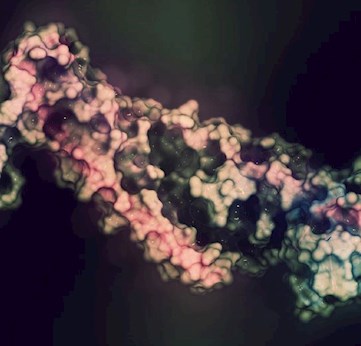A new more sensitive Troponin I test is available
Australian Clinical Labs is pleased to advise that a new more sensitive Troponin I assay is replacing our existing laboratory based troponin assay.
The assay uses two new monoclonal antibodies and reagents to deliver a 10 fold increase in test
functional sensitivity.
What Will Change?
1. Troponin units will change from ug/L to ng/L due to the improved sensitivity.
2. Reference Ranges
New reference ranges will reflect the performance of the new assays.
We will also introducing gender specific ranges which are more significant due to the improved sensitivity of the assay.
3. The reference ranges differ slightly depending on the type of instrument used.
|
Instrument |
Males |
Females |
|
|
Serum 99% ng/L |
Serum 99% ng/L |
|
Siemens Centaur |
58 |
40 |
|
Siemens Atellica |
54 |
39 |
|
Siemens Dimension |
72 |
48 |
4. There will be a higher number of results where the Troponin I level is measurable.
What Will Remain The Same?
1. Turnaround times for troponin results
2. Quantitative comparisons cannot be made between Troponin I and T, or between point of care (POC) devices and laboratory-based immunoassays.
3. Troponin elevation is not specific for acute myocardial infarction.
Advantages of a High-Sensitivity Troponin I Assay
- Increasing sensitivity of troponin assays enables detection of smaller areas of necrosis
- Optimise negative predictive value: high-sensitivity troponin allows for a more rapid triage of patients suspected of AMI based on improved discrimination of low-level troponin I concentrations at presentation as well as over time.
- For early presenters: low-end precision allows early detection of significant change in troponin I concentrations, which may not have yet exceeded the 99th percentile limit.
- A Serial sampling strategy is still recommended (preferably using the same instrument). Time between tests may be shortened with hsTNI assays based on published guidelines. Chest pain protocols can be reviewed and modified if necessary to reflect the new assay.

What classifies a Troponin assay as having high sensitivity
- This requires a test coefficient of variation of < 10% at a 99th percentile level of a normal population, and
- Measureable concentrations below the 99th percentile should be attainable with a concentration above the assay’s limit of detection for at least 50% of healthy individuals
Note that the the high-sensitivity refers to the assay’s performance characteristics, not a difference in form of
cardiac troponin being tested.
For further information, please contact your local Australian Clinical Labs Pathologists



